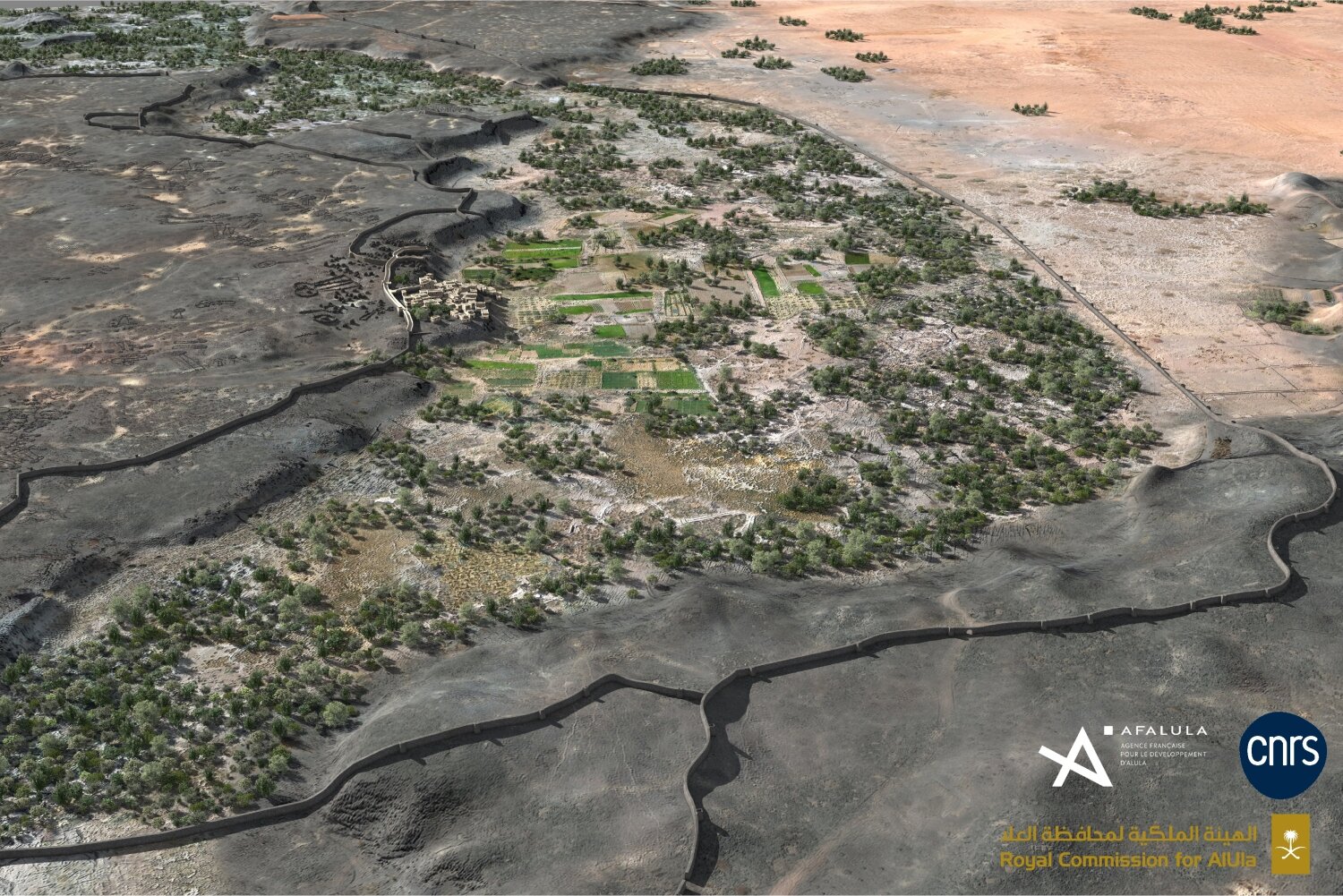The North Arabian Desert oases were inhabited by sedentary populations in the 4th and 3rd millennia BCE. A fortification enclosing the Khaybar Oasis—one of the longest known going back to this period—has just been revealed by a team of scientists from the CNRS and the Royal Commission for AlUla (RCU).
A study describing this work is published in Journal of Archaeological Science: Reports.
This new walled oasis is, along with that of Tayma, one of the two largest in Saudi Arabia. While a number of walled oases dating back to the Bronze Age had already been documented, this major discovery sheds new light on human occupation in northwestern Arabia, and provides a better grasp of local social complexity during the pre-Islamic period.
You must log in or register to comment.


